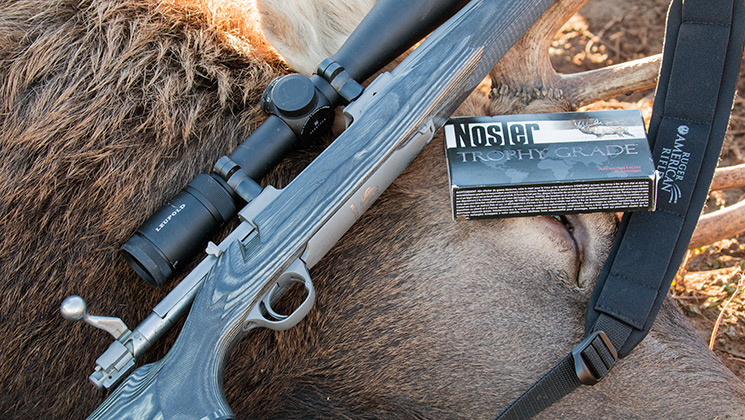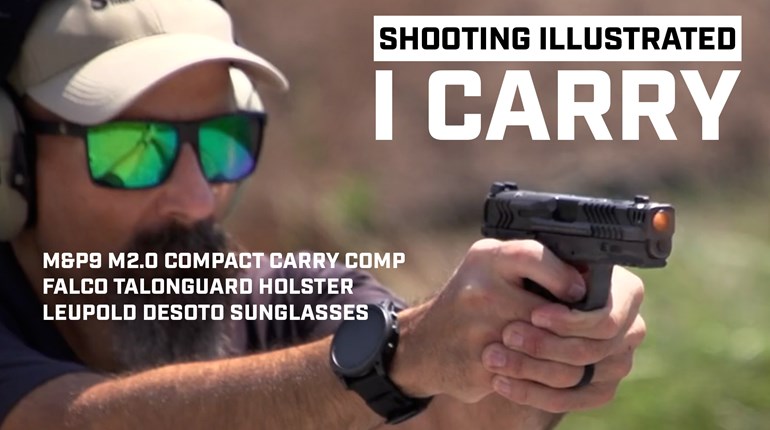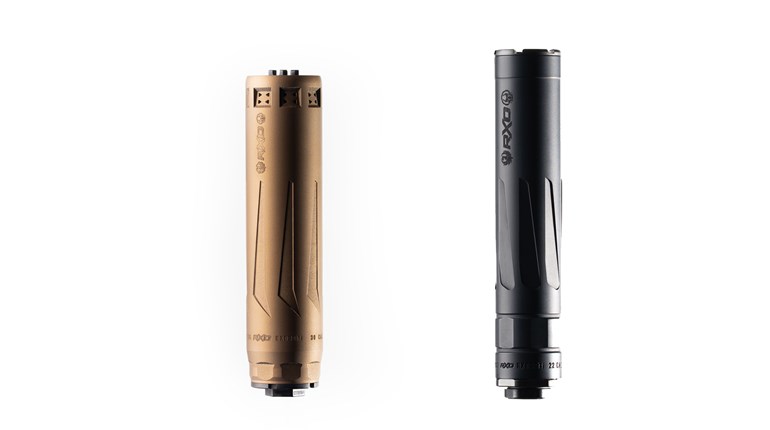
Editor's Note: Our own Shawn Skipper recently put the following gear to use on an elk hunt in the Centennial State. You can catch up on that story here.
To kill elk, you’ve got to find elk. At times, that can be easier said than done—so it certainly helps to call upon trustworthy gear. That, at least, I had in spades.
If you’re going to spend five days hunting the thick timber, you’re going to want to make sure your gear’s going to come through when it counts. And we were sporting some top-of-the-line optics. When afield, I carried my Leupold BX-3 Mojave bino and RX-1200i TBR laser rangefinder. The TBR stands for “True Ballistic Range,” and is a feature that marries laser rangefinding with an inclinometer and advanced computerized ballistics to produce measures that are accurate to less than a yard, no matter the angle at which the laser is fired. It comes in handy when preparing for a long-range rifle shot from a ridge, and should be of note for you archery hunters, too. And, of course, when we really needed to reach out and see what was around, we broke out a Gold Ring spotting scope, which is rugged, lightweight and easy to pack, wherever your hunt may take you.
After five days of hard hunting I was able to get on a bull, and that’s where the rest of my toys came into play. I was shooting a Ruger M77 Hawkeye chambered in .300 Win. Mag., and we’d topped it with a Leupold VX-6 that was set up with the company’s CDS—or Custom Dial System. If you’ve ever used the CDS, you already know how handy it can be. If not, pay attention.
If you purchase a Leupold Optic and tell them that you’d like to set it up with a CDS, the company will customize your scope’s elevation dial to match your exact load, velocity and conditions. Once you range your target, you’ll be able to turn the dial to the correct position, put your crosshairs dead on the target—in my case, the elk’s vitals—and squeeze the trigger.
Our optics were configured specifically for the .300 Win. Mag. Nosler cartridges we were shooting – so, had I wanted to reach out and touch a bull at 500 yards, all I needed to do was adjust the CDS dial, which offers quarter-MOA click increments. Once I had it set for 500, I could hold dead on, at least elevation wise. Easy stuff. I tagged my bull from roughly 230 yards. Granted, that distance didn’t really do much to test the rig we’d put together, but elk can be tough customers—I seriously doubt we’d have been able to talk him into standing still at 400 yards for me.




































